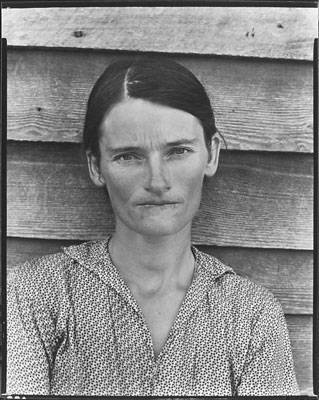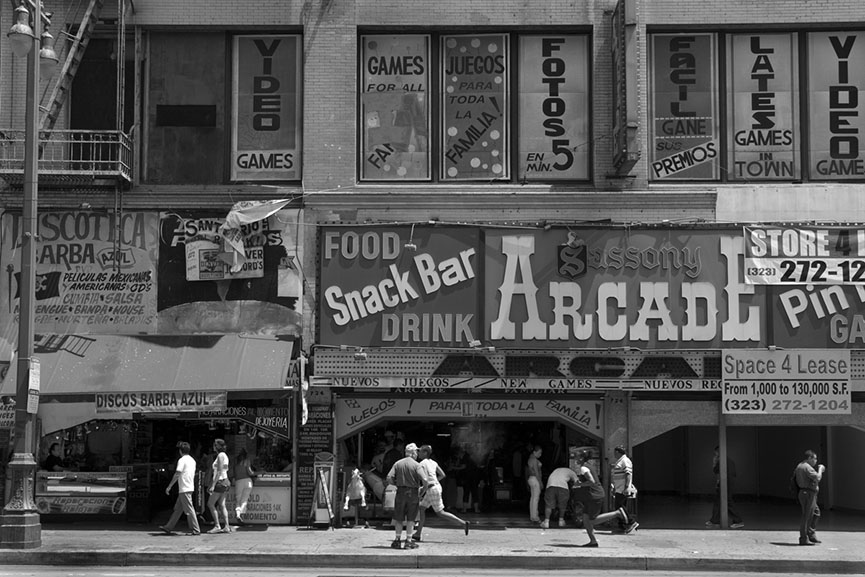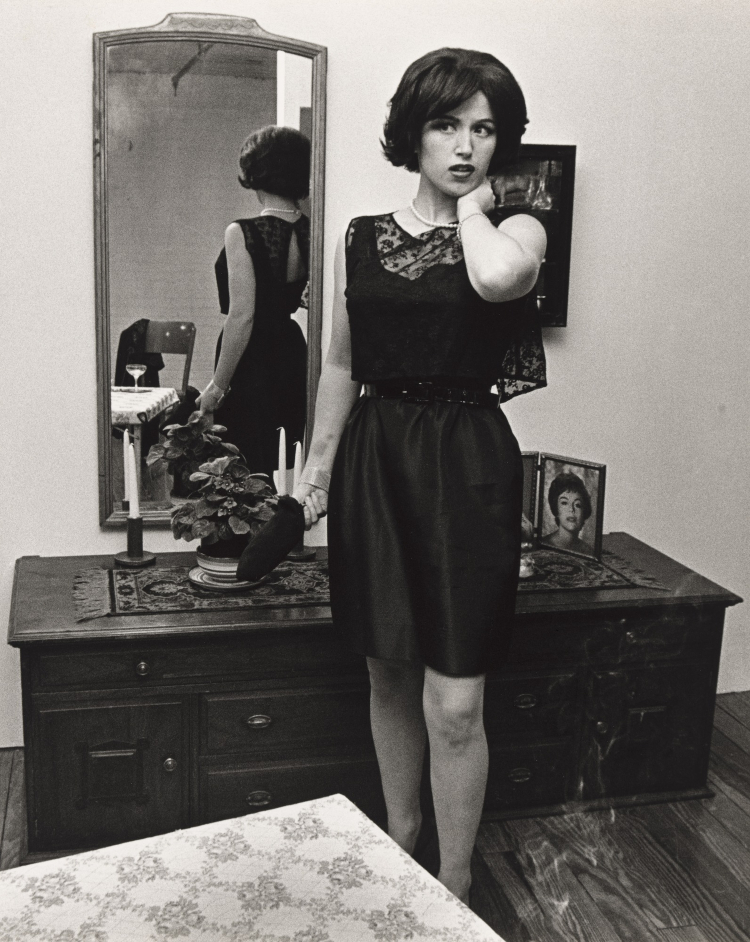REALISM / STRAIGHT PHOTOGRAPHY
Dating all the way back to the 1830’s with photographs from the Civil War, realism in the visual arts is defined as an accurate depiction of lifeforms. Images were unedited to give a direct viewpoint what was happening in that moment in time. Documentary, street and cultural photography later stemmed from realism where photographers capture community through an outsider vs. insider perspective.



Realism photography characteristics: Images depict a straight-on realistic representation of the world, in particular different cultures and communities.
Photographers like Paul Strand and Walker Evans essentially paved the way for straight photography capturing working class American citizens in a way that revolutionized photography and changed the way we view images today.
MODERNISM
Modern photography is a period in photography that marked the shift from traditional pictorialist photography to a more direct way of capturing photos, exploiting, and emphasizing the use of and nature of the camera instead of using it as a tool to capture images.



Modern photography characteristics: Images emphasized sharp focus and detail. These photographs were noted for their precision and geometric simplicity which were the result fo a focus on photography as a technical exercise and the photographer as a technician.
The most well-known discourse of photographic modernism now is the one initiated in the USA by Alfred Stieglitz. Developed around his New York based journal Camera Work between 1903 and 1917, this version is characterized by the “straight” photograph.
POST-MODERNISM
Postmodern photography began in the second half of the 20th century, and it encompasses a variety of themes. First and foremost, postmodernism builds on the themes and conceptual ideas that began during the modernist period. This type of photography also often features surrealism, expressionism or other similar themes



Post-modernism photography characteristics: Postmodern art questions the notion of authenticity and embraces ‘hybridity’, blurring the lines between high art and popular culture. Postmodern photographers are particularly interested in the selective, constructed nature of the photograph.
One of the defining features of Postmodern photography is the idea of the “banal”, and photographers such as Lee Friedlander, William Eggleston, Jeff Wall, and Andreas Gursky have all sought to re-examine “banal” (or “boring”) subject matter through their camera.
